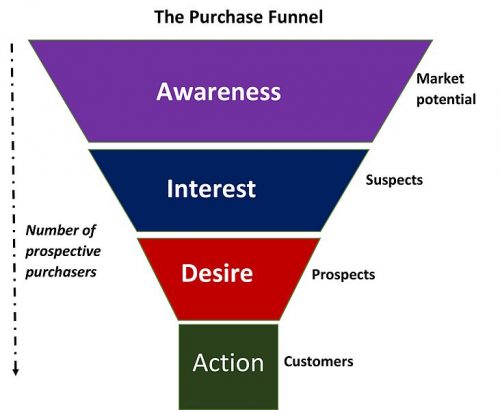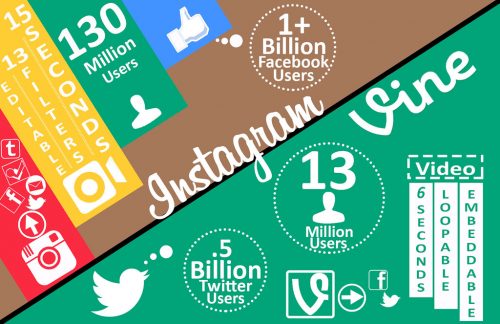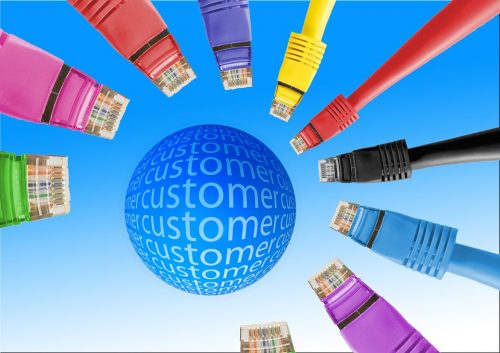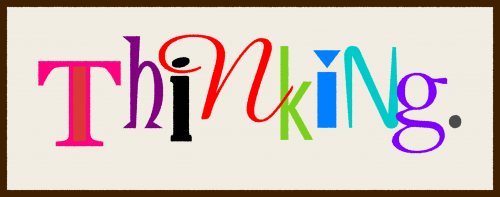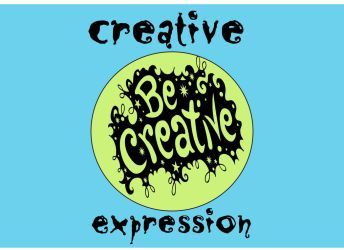
Source: wallpaperflare.com
It used to be that I was making a thousand dollars just by selling different items in my thrift shop downtown. People love to purchase handmade dresses and jewelry because they’re affordable, plus they can try it out. Some of my friends earn too simply by leaving their items for sale in my shop, and I just get a percentage from it. That was then. Now, the world of selling through mortar-and-brick is almost impossible.
Since the coronavirus hit the world more than three months ago, small businesses like mine have gone dropping down. Boutiques and local coffee shops in my area have eventually closed down because they’re not allowed to entertain customers in the first place. These times, it is so hard to earn a few extra dollars a week, and these few dollars are so useful nowadays.
A month after I realized that I was through with watching five movies on Netflix and eating my stress out, I decided to put my time at home into use and try making money from my couch. And one of the most convenient ways to earn with nothing but the Internet and a creative mind is through online dropshipping.
Dropshipping is done by purchasing and selling products online without actually buying any physical items upfront. This is what enabled me to pick up on what I lost at the thrift shop. In just two months, I earned thousands! Nope, I didn’t learn this by going through a four-year course in business. In fact, I just knew about it through blogs and, of course, YouTube.

Source: lastlongerrightnow.com
Dropshipping will help you sell products to your customers. It’ll also give you knowledge on how to advertise using Facebook and spend just a small amount of money – or nothing at all – when you start your business.
Choose Your Product
This is the first step in selling a product online – knowing and choosing what to sell. What to sell? Believe me, it can be anything and everything! But if you ask me, the more in-demand products during this pandemic are medical supplies, food, and other goods for the home. Novelty items would also be a great idea. People are looking to find other forms of entertainment. Pet toys, face massagers and laser hair removers are trending items online. The choice is yours. Take an hour or two to look for products on the web. Visit sites where thousands of suppliers post their products. Choose and then save your favorites.
Kick Start Your Online Shop
Now that you have chosen and saved the products that you want to sell, you can proceed to build your online shop. Shopify is a great place to do just that (I did!). Don’t worry if you don’t have that much knowledge about the computer. You can still create your online shop in a few hours, with only $50 or less. And once you’re done, you can now move your chosen products from the websites you chose them from over to Shopify. At this stage, you’ve spent about $50 for your shop without any order inventory until a customer makes an order and makes a payment through your Shopify. So get ready to sell now!

Source: pikist.com
Get Advertising
You have the products, and you have the online store that I assume is pretty, professional, and functional. Now let’s find customers to sell these products to, and let’s get help through advertising. It isn’t for everyone, though, because it needs skills, but the easiest place to begin would be Facebook Ads. By paying $5 daily, your online shop will be advertised and seen by thousands of people a few times a day. Otherwise, you can also try marketing through Facebook Groups. If you’re into food, join a food-focused group and advertise there. These groups are composed of fanatics who are looking to buy their favorites where they can see them.
Business, online or not, needs determination and the will to be successful. If you’ve been planning to start your own online shop, I hope you’ll find this article useful. Read these first and put them to action. You’re on your way to creating a flourishing online business career.



